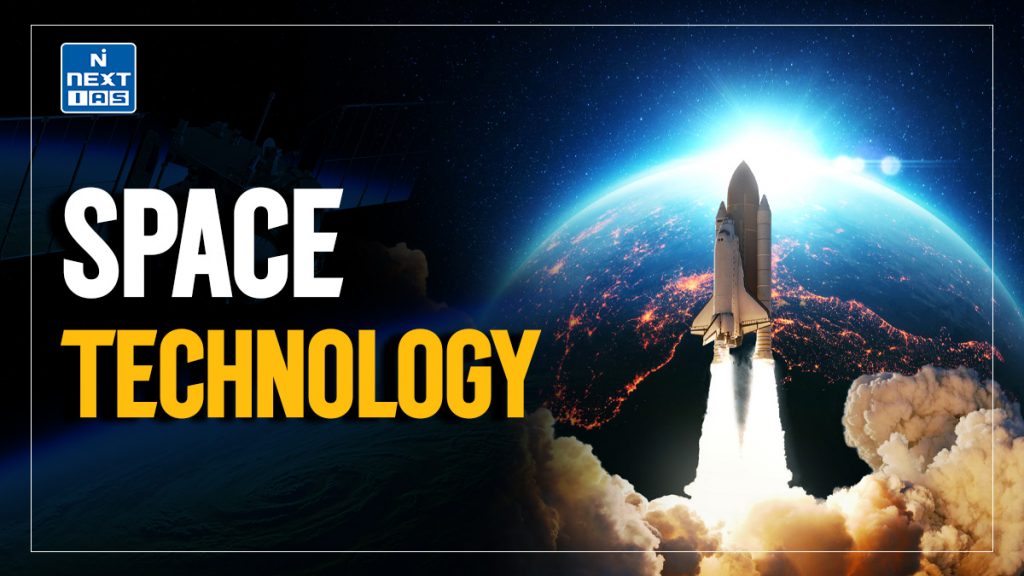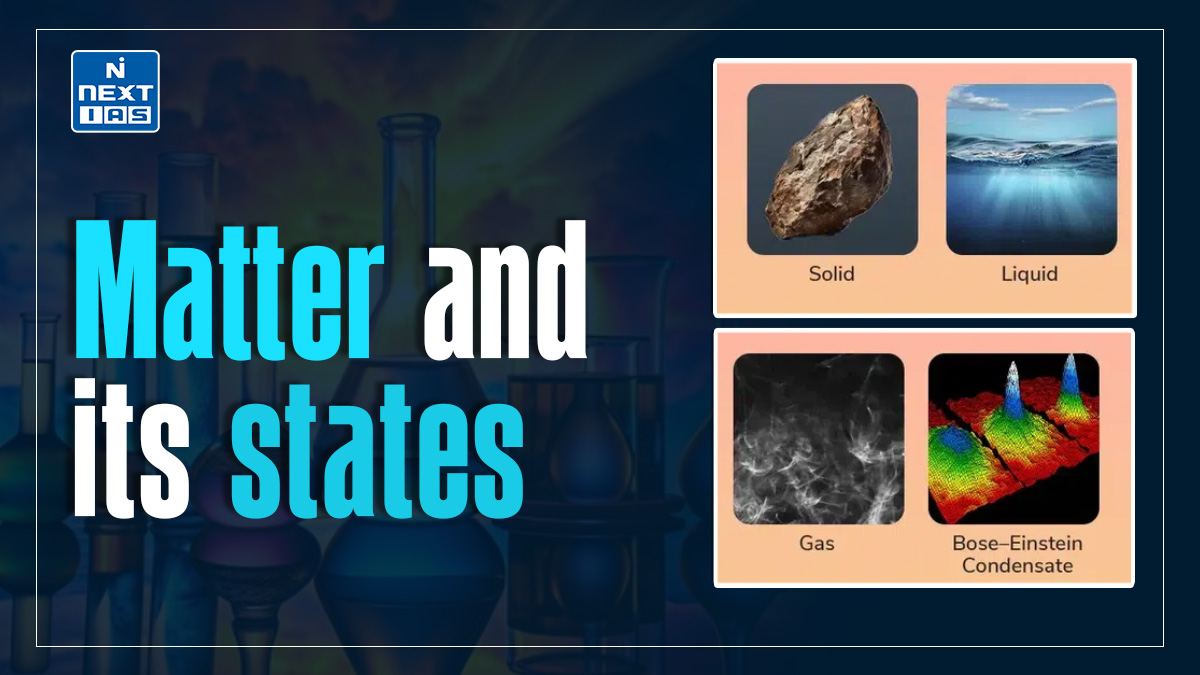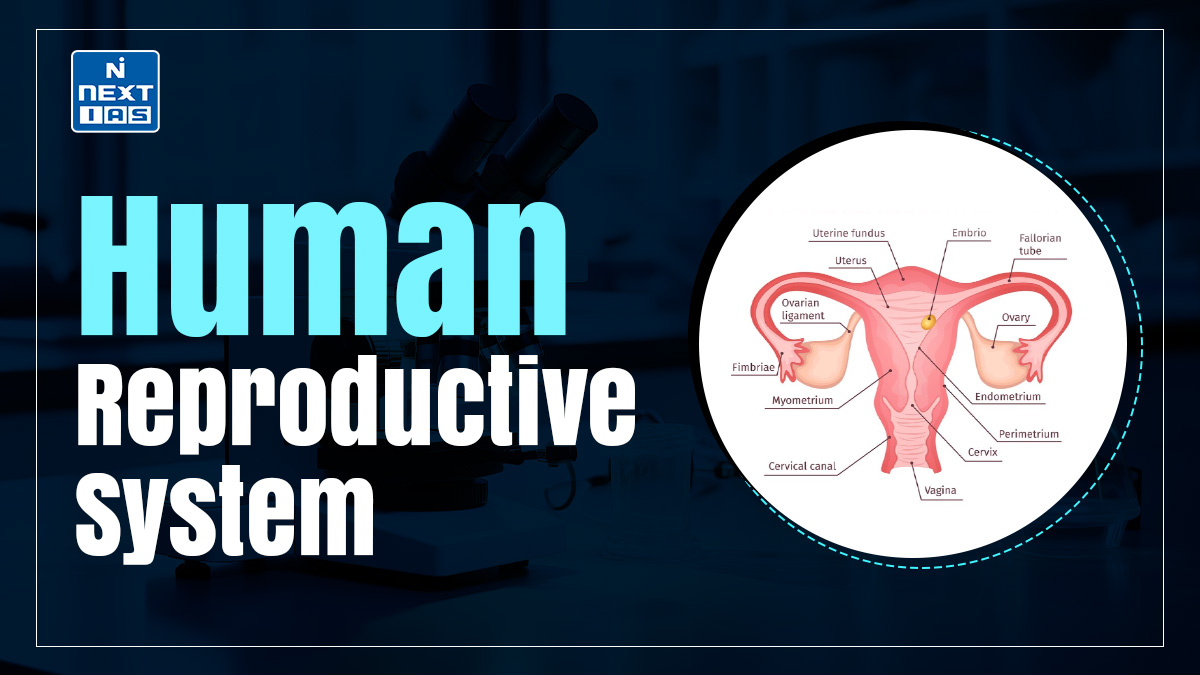
Space technology involves the development and use of tools, systems, and technologies for space exploration and related activities. It includes satellites, spacecraft, rockets, space stations, and advanced communication systems, enabling scientific discoveries, GPS navigation, weather forecasting, and global communication. Space technology also supports research on planetary exploration, sustainable energy, and potential human settlements beyond Earth, driving innovation across industries.
About Space Technology
- Space technology is the technology for use in travel or activities beyond Earth’s atmosphere, for purposes such as spaceflight or space exploration. Space technology includes space vehicles such as spacecraft, satellites, space stations and orbital launch vehicles; deep-space communication; in-space propulsion; and a wide variety of other technologies including support infrastructure equipment, and procedures.
- The limits to space extends to outer space, which is the expanse that exists beyond Earth and between celestial bodies. Outer space does not begin at a definite altitude above the Earth’s surface. The Kármán line, an altitude of 100 km above sea level, is conventionally used as the start of outer space in space treaties and for aerospace records keeping.
- The space environment is a sufficiently novel environment that attempting to work in it often requires new tools and techniques.
- Many common everyday services for terrestrial use such as weather forecasting, remote sensing, satellite navigation systems, satellite television, and some long-distance communications systems critically rely on space infrastructure. New technologies originating with or accelerated by space-related endeavours are often subsequently exploited in other economic activities.
- The beneficial uses of outer space, including strengthening communications infrastructures, disaster management, education, agriculture, environmental protection and natural resource management, had enormous relevance for human development, especially for developing countries. The wider adoption of beneficial applications would strengthen the goal of maintaining outer space for peaceful purposes
- India started its Space endeavours way before independence in the form of contributions and distinct efforts of scientists like C.V.Raman and Meghnad Saha. Initial works were confined to the study of radiations, meteorology, and the study of the upper atmosphere. It got a boost with the establishment of the Department of Atomic Energy (DAE) in 1950 chaired by Homi Bhabha. The department became the sole body to direct funding and look after the research work throughout India.
Advantages of Space Technology
Space technology offers numerous advantages, including:
- Global Communication: Satellites facilitate instant communication across the globe, enabling telecommunication, broadcasting, and internet services.
- Weather Forecasting: Space technology provides accurate weather data, improving forecasting, disaster management, and climate research.
- Earth Monitoring: Satellites monitor environmental changes, helping track deforestation, urbanization, and natural disasters, contributing to better resource management.
- Scientific Research: Space exploration leads to discoveries about the universe, planetary systems, and fundamental scientific principles.
- Navigation and GPS: Satellite systems provide precise location data, enhancing navigation for transportation, aviation, and maritime industries.
- National Security: Space technology plays a crucial role in surveillance, reconnaissance, and defense applications.
- Advancements in Technology: Innovations in space technology often lead to advancements in other fields, such as materials science, robotics, and medicine.
- Inspiration and Education: Space exploration inspires future generations to pursue careers in STEM fields and fosters international collaboration.
Disadvantages of Space Technology
While space technology offers many benefits, it also presents several disadvantages, including:
- High Costs: Developing and launching space missions require significant financial investments, which can divert resources from other critical areas such as healthcare and education.
- Space Debris: The accumulation of defunct satellites and debris poses risks to operational spacecraft and satellites, potentially leading to collisions.
- Environmental Impact: Rocket launches can release pollutants into the atmosphere, contributing to environmental degradation and climate change.
- Technological Dependency: Over-reliance on satellite systems for communication, navigation, and data can create vulnerabilities if these systems fail or are compromised.
- Ethical Concerns: Issues surrounding space exploration, such as planetary protection, resource exploitation, and the militarization of space, raise ethical questions.
- Inequality: The benefits of space technology may not be equitably distributed, leading to disparities between nations or communities with access to advanced technologies.
- Risk to Human Life: Human spaceflight carries inherent risks, including exposure to radiation and the potential for catastrophic failures during missions.
- Limited Understanding: The complexities of space environments can lead to unforeseen challenges and consequences that are not fully understood before missions are launched.
Latest Developments in Space Technology
Here are some of the latest developments in space technology:
- Artemis Program: NASA’s Artemis missions aim to return humans to the Moon by the mid-2020s, focusing on sustainable lunar exploration and the potential for future missions to Mars.
- James Webb Space Telescope (JWST): Launched in December 2021, JWST has begun delivering stunning images and data, providing insights into the early universe, exoplanets, and star formation.
- Reusable Rockets: Companies like SpaceX and Blue Origin continue to innovate in rocket reusability, significantly reducing launch costs and increasing the frequency of space missions.
- Starship Development: SpaceX is developing Starship, a fully reusable spacecraft designed for missions to Mars and beyond, with the potential for large cargo and crew transport.
- Satellite Mega-Constellations: Companies like SpaceX (Starlink) and OneWeb are deploying large constellations of small satellites to provide global high-speed internet coverage, particularly in underserved areas.
- Mars Exploration: NASA’s Perseverance rover and the Ingenuity helicopter have successfully explored Mars, collecting samples and testing technologies for future human exploration.
- Commercial Space Stations: NASA and private companies are planning to develop commercial space stations to support research, manufacturing, and tourism in low Earth orbit.
- Space Mining Initiatives: Companies and organizations are exploring the potential for asteroid mining to extract valuable resources like metals and water for use in space.
- Quantum Communications: Research is advancing in quantum communication technologies that could provide secure data transmission between Earth and space.
- Space Sustainability: Initiatives focused on debris removal and sustainable practices in space missions are gaining traction to mitigate the risks associated with space debris.
These developments reflect the rapid pace of innovation in the field of space technology, promising exciting opportunities for exploration and commercial ventures.
Way Forward
The future of space technology can be enhanced through key strategies such as fostering international collaboration, prioritizing sustainability, and advancing reusable rocket technologies. Investing in R&D, promoting STEM education, and developing robust regulations are essential for ethical practices. Supporting commercial ventures and improving data sharing can strengthen the space economy and cooperation. Additionally, focusing on human exploration of the Moon and Mars, while increasing public awareness, will drive innovation and address challenges for humanity both on Earth and beyond.
Conclusion
Space technology is a crucial frontier for scientific advancement, providing transformative benefits for humanity. To tackle challenges like climate change and resource management, we must foster international collaboration, prioritize sustainability, and invest in research and development. Embracing commercial opportunities and enhancing public engagement will inspire future generations in space careers. Ultimately, a commitment to ethical practices and responsible exploration will ensure that space technology benefits society and the planet.
GS - 3





